Chromebooks are popular laptops that run on the Chrome OS and have gained widespread usage in recent years due to their affordability, simplicity, and fast performance.
However, one of the most common queries from new users is how to freeze or lock the screen on a Chromebook.
In this guide, we will discuss three methods for freezing your screen on a Chromebook.
3 ways to freeze the screen on Chromebook
Method 1: Using keyboard shortcuts
To freeze screen on Chromebook, press “Search” + “L” key. The screen will be locked and you’ll be prompted to enter password to unlock it again.
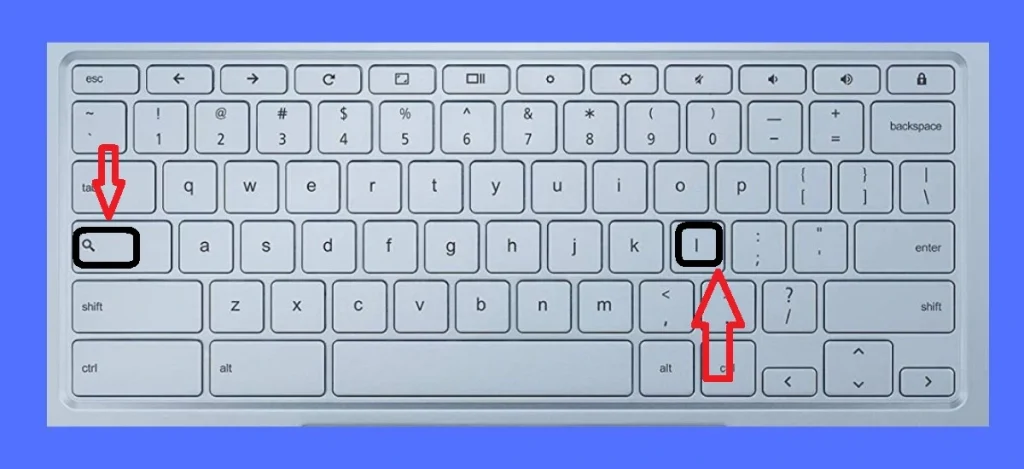
Method 2: Using settings menu
To freeze your screen on Chromebook, open the settings menu and select “Lock Screen”. It will instantly prevent any unauthorized access to your device while it’s locked.
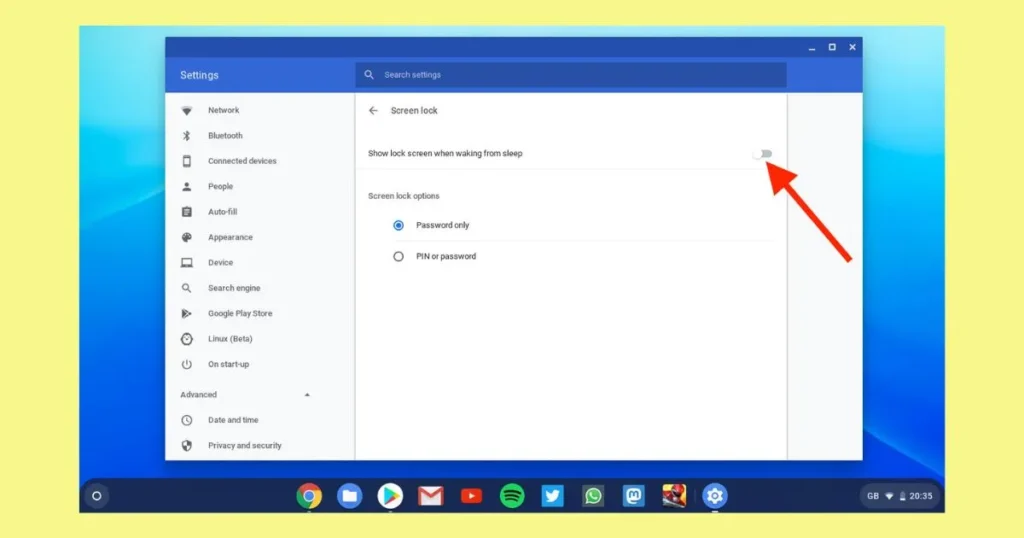
Method 3: Using the time on the taskbar
The simplest and most common way to freeze your screen on a Chromebook is by using the time display on the taskbar. To do this, follow these steps:
Step 1: Look at the bottom-right corner of your screen where the time is displayed.
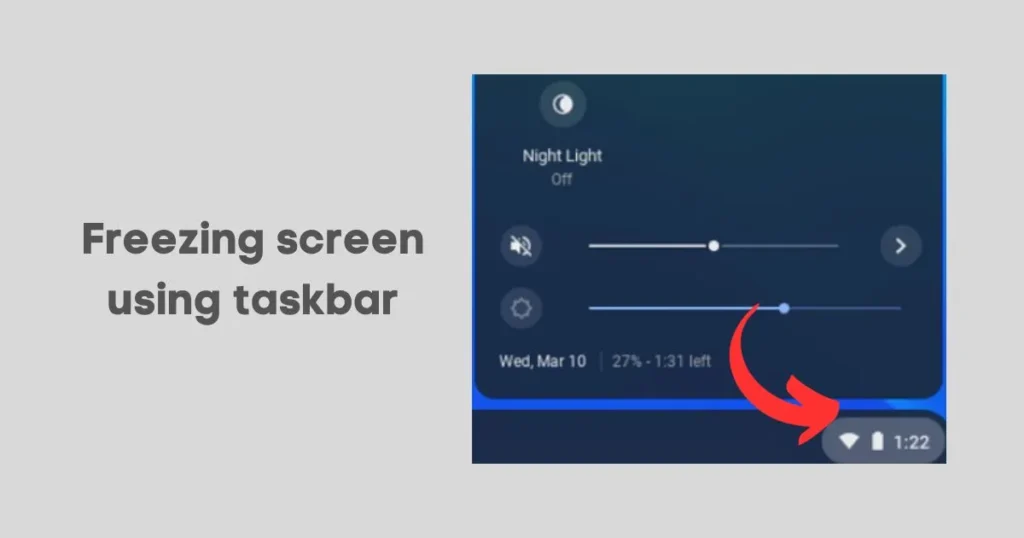
Step 2: Click on the time display once. This will bring up a menu where you can adjust your system’s settings, including brightness and volume.
Step 3: Click on the lock icon located next to the power button. This will immediately freeze your screen, requiring a password or PIN to unlock it.
Note: If you have not set a password or PIN, you will need to do so before using this method to freeze your screen.
How to unfreeze or unlock Chromebook screen?
Now that you have successfully frozen your screen, you may be wondering how to unfreeze it. There are a few different ways to do this, depending on which method you used to freeze the screen in the first place.
Method 1: Using password or PIN
If you locked your screen using the time display method mentioned above, simply enter your password or PIN when prompted to unfreeze your screen.
Method 2: Using keyboard shortcuts
You can also use a keyboard shortcut to unfreeze your Chromebook screen.
Press the Escape key followed by either the Enter or Spacebar key. It will bring up the login prompt where you can enter your password or PIN.
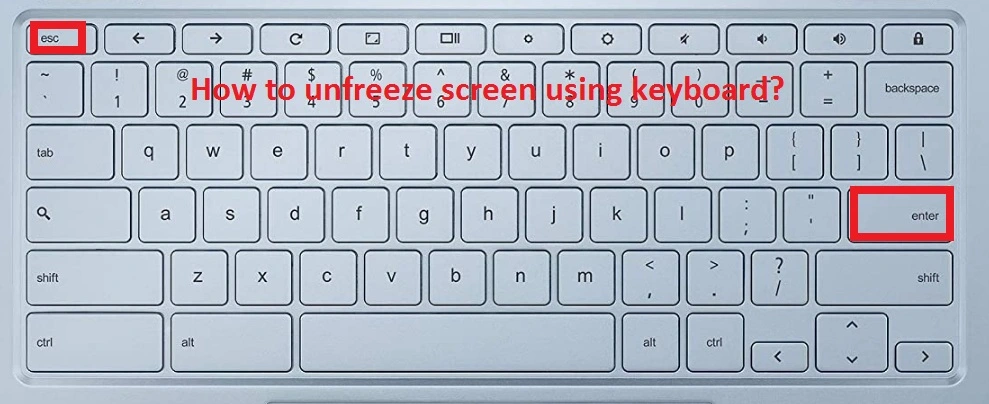
Benefits of Freezing the Screen on Chromebook
Freezing your screen has numerous benefits.
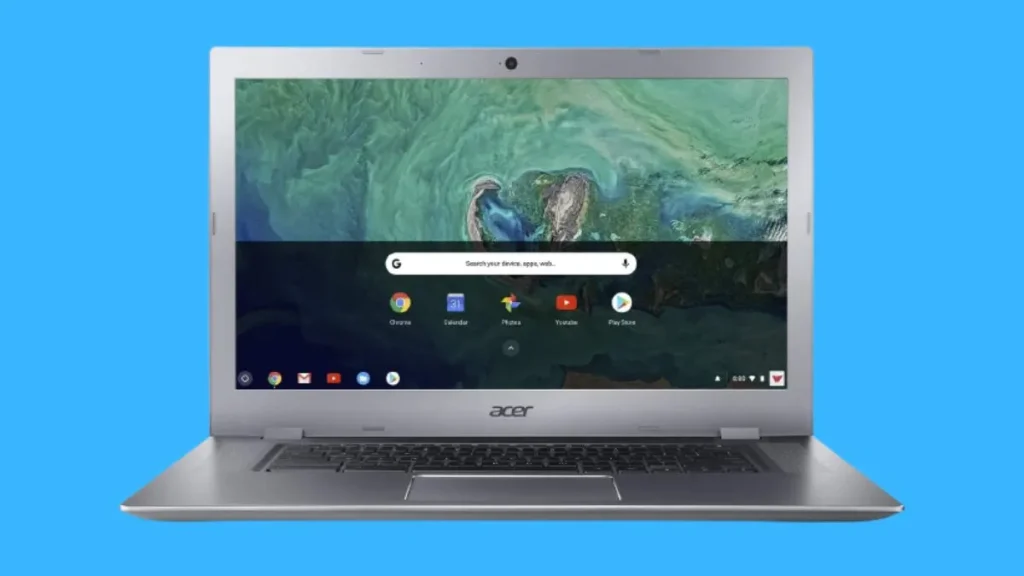
1- Fix screen glitches.
If your Chromebook screen is glitching, freezing the screen may help. When you freeze the screen, it temporarily stops all activity on the device.
2- Improve performance.
Freezing the screen can also improve your Chromebook’s performance. When you freeze the screen, all active processes stop and can free up system resources. This allows your Chromebook to run more efficiently and faster.
3- Reclaim space.
Freezing the screen on your Chromebook can help you reclaim space that was being taken up by active processes. When a process is frozen, it’s essentially paused until you unfreeze the screen again.
4- Increase battery life.
Freezing the screen on your Chromebook can also help you get more out of your battery life. Since all active processes are paused when you freeze the screen, your Chromebook won’t be using as much power while it’s frozen.
5- Make your Chromebook safer.
Freezing the screen can also make your Chromebook safer. When you freeze the screen, all active processes are paused and can’t be accessed by anyone else.
Why would You want to freeze screen on Chromebook?: Common reasons
By freezing your Chromebook’s screen, you can help improve security and energy efficiency, while also increasing productivity.
With the simple shortcut combination to freeze the screen on a Chromebook, users of all levels of experience can make use this useful tool.

Additionally, the process is instantaneous, allowing you to quickly jump back into what you were doing.
This makes freezing the screen on a Chromebook ideal for those times when you want to step away from your device without having to worry about leaving it open and vulnerable.
Tips for preventing automatically unfreezing your screen
1- Use a Password:
When booting up your Chromebook, make sure that you use a password to lock your device. This prevents any unwanted users from accessing your device while it is locked and frozen.

2- Enable Secure Boot:
Secure boot is an option that prevents third-party software or malicious programs from running on your Chromebook.
To enable secure boot, open the Chrome OS settings menu and select “Advanced Settings”. Then check the box marked “Enable Secure Boot”.
3- Disable Automatic Updates:
By disabling automatic updates for ChromeOS, you can prevent any parts of the operating system from being updated without your knowledge while the screen is frozen.
To disable automatic updates, open the Chrome OS Settings menu and select “Advanced Settings”. Then uncheck the box marked “Automatically update Chrome OS”.
Other alternatives to freezing Chromebook screen

1- Set up a Chromebook Time Limit:
If you don’t want to freeze your screen, you can set up a time limit for when the Chromebook should automatically power off or shut down.
This way, if it’s been idle for too long, it will shut itself down and protect your device from any potential malicious activity.
2- Enable Parental Controls:
By enabling parental controls, you can set restrictions on how much time your child is allowed to spend on their device.
This is a great way to ensure that they are only using their Chromebooks as intended and not leaving them left open and vulnerable while away from the computer.
3- Install Antivirus Software:
To further secure your device, consider installing an antivirus program that will scan and protect your Chromebook from any malicious software or activity.
Antivirus programs can be used to help detect and remove any dangerous pieces of software that may be trying to damage your device.
By following these easy tips on how to freeze screen on Chromebook, you can help ensure that your device is secure and protected from any potential malicious activity.
Additonal tip: There are some easy ways to make your Chromebook screen smaller whenever you need it.
How to freeze screen on Acer Chromebook?
To freeze the screen on your Acer Chromebook:
To freeze the screen on your Acer Chromebook, follow these simple steps:
Step 1: Start by clicking on the “Menu” icon located in the upper right-hand corner of your screen.
Step 2: From the dropdown menu, select “Settings.”
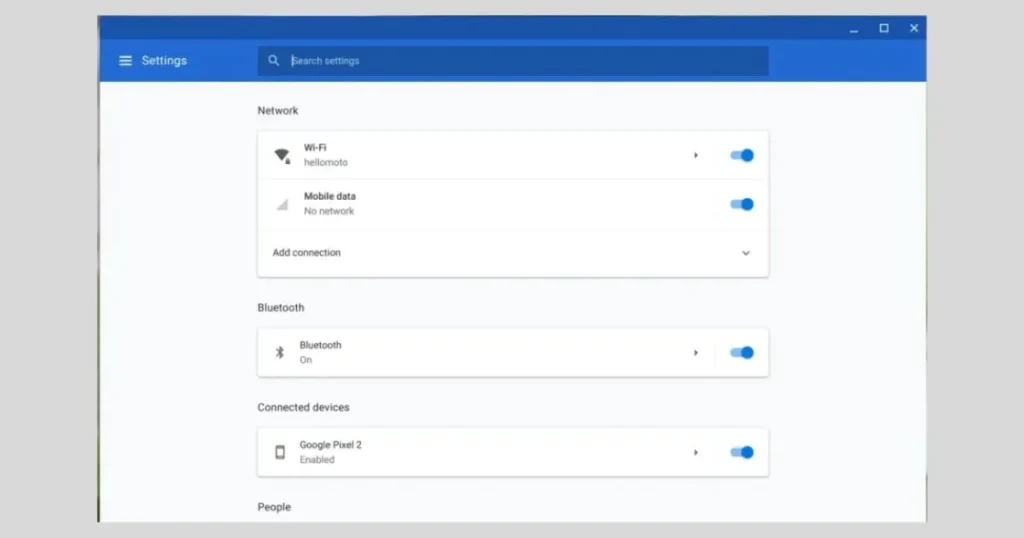
Step 3: Scroll down to the bottom of the Settings page and click on “Show Advanced Settings.”
Step 4: Look for the “Powerwash” section and click on “Freeze your screen.”
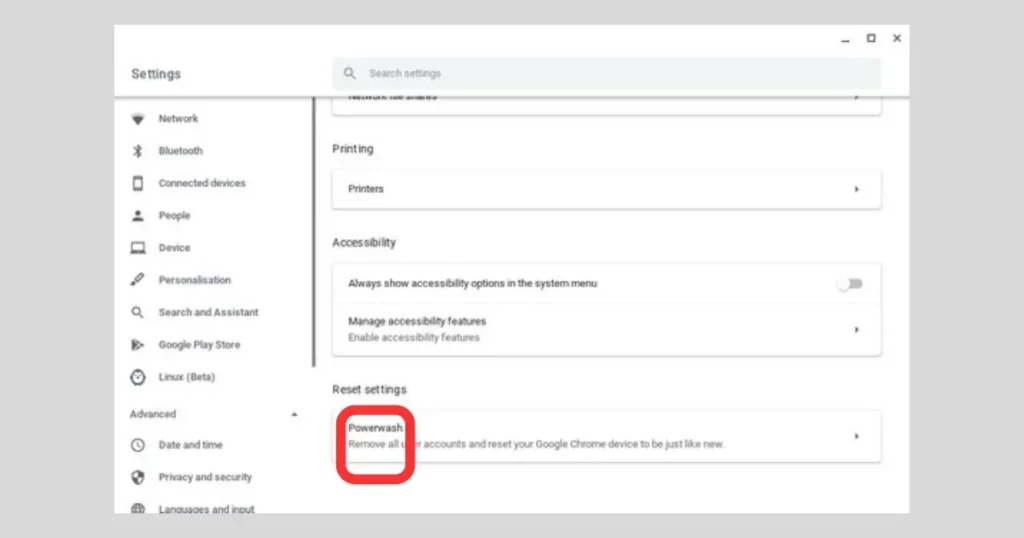
Troubleshooting tips for Chromebook screen freezing
If you’re having trouble with your Chromebook’s ability to freeze the screen, there are a few troubleshooting tips that may help.

First, make sure you’re using the latest version of Chrome OS by checking in the device’s settings or looking online.
Additionally, double-check that all necessary hardware and software is properly installed and up-to-date.
Once everything is running correctly, try resetting any relevant Android app permissions and restarting your Chromebook.
If none of these steps seem to work, accessing the Chrome OS Developer mode can provide more advanced solutions for solving this problem.
How to Change lock screen on Chromebook?
Changing the lock screen on your Chromebook is fairly simple. First, go to your Chrome Settings and select “Security.”
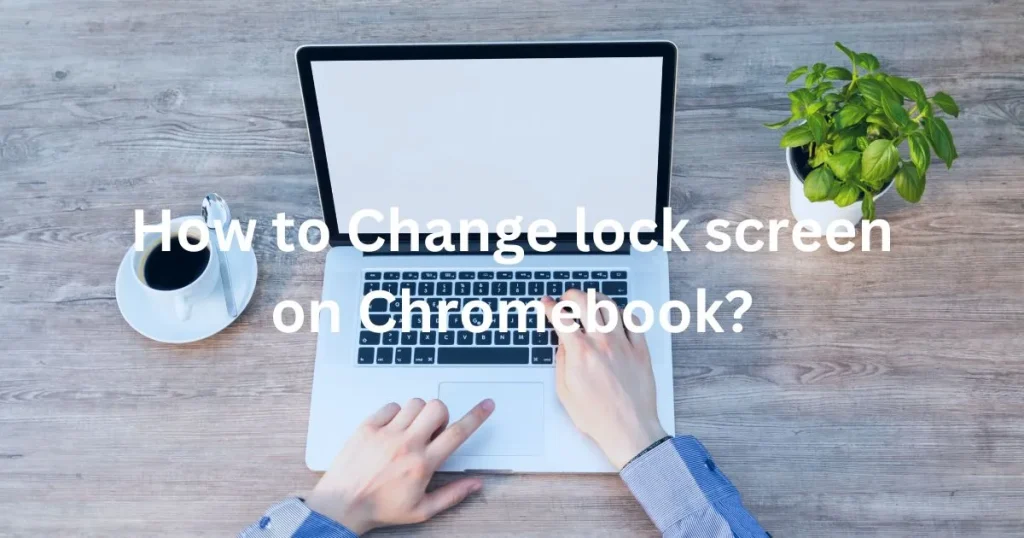
Then, click the “Lock Screen” option and choose a new design from the available options. You can also set up a password or PIN if you want additional security for your device.
Finally, make sure to save your changes before exiting out of the settings menu. That’s all there is to it!
With these steps, you’ll have a fresh new look for your lock screen in no time.
You can also disable lock screen on your Chromebook, when you feel hassle and want quick access to your device but it might me risky is some cases.
Is your Chromebook locked by administrator?
If your Chromebook is locked by an administrator, you will need to contact them directly for further instruction.
Depending on the policy given by the administrator, you may be able to reset your device or request a new login code.

If the administrator does not respond immediately, it may be necessary to perform a hard reboot of the device in order to gain access again.
However, this should only be used as a last resort as it can cause permanent data loss. In most cases, contacting the administrator should provide sufficient instructions on how to unlock your Chromebook.
FAQs
Can you freeze a touch screen Chromebook? | How do you freeze a Chromebook?
To freeze a touch screen on a Chromebook, enable the “Screen lock” feature in the accessibility settings. Here are the steps to do so:
1. Click on the time in the bottom-right corner of the screen.
2. Click on the gear icon to open the Settings menu.
3. Scroll down and click on “Advanced”.
4. Under the “Accessibility” section, click on “Manage accessibility features”.
Toggle on the “Screen lock” feature.
It will lock the screen and prevent any touch input until you unlock it by entering your password.
What is screen freezing?
Screen freezing is a process that temporarily freezes or suspends any activity on your laptop or computer display in order to prevent unexpected mouse clicks and other unwanted inputs while also saving battery life on Chromebook.
What is the keyboard shortcut to freeze screen on Chromebook?
The keyboard shortcut to freeze screen on Chromebook is ctrl + shift + L.
How do I force restart a frozen Chromebook?
If your Chromebook is completely frozen, you may need to perform a hard restart.
To do this, press and hold down the power key for 10 seconds until the Chromebook powers off.
Can I unfreeze my Chromebook without restarting it?
Yes, you can unfreeze your Chromebook without restarting it. It can be done by pressing the power key for 10 seconds until the device powers off.
How do I force my Chromebook to screensaver?
You can force your Chromebook to screensaver by going into the Settings app and selecting the Display tab.
There you will find a setting called “Enable Screen Saver” which when enabled will start your screen saver after a certain amount of time.
How do I put my Chromebook screen to sleep?
You can put your Chromebook screen to sleep by pressing the Power button. This will turn off the display and put your device into a low-power state while still allowing you access to any open applications or websites via the browser.
You can also set up an idle time limit in Settings where your device will automatically go to sleep after a certain amount of time has passed.
How do I lock Chrome on my computer?
You can lock Chrome on your computer by opening the Settings app and going to the People tab. There you will find an option called “Screen Lock” which when enabled will require a password to be entered before access is granted.
You can also set up additional security measures such as fingerprint authentication or facial recognition.
What happens if you press the lock button on a Chromebook?
When you press the lock button on a Chromebook, it will temporarily disable all inputs and prevent any unauthorized access.
This is a useful feature if you need to quickly step away from your device or take a break without worrying about someone accessing your information.
The screen will stay locked until you enter your password again.
Conclusion
If your Chromebook’s screen starts to act up, one of the best things you can do is freeze it. Freezing your Chromebook screen can help prevent any further damage and give you time to troubleshoot the issue.
In this article, we showed you how to freeze your Chromebook screen, as well as the benefits of doing so. We also shared some troubleshooting tips in case your screen does freeze.
If you have any questions about freezing your screen on Chromebook, be sure to check out our FAQs section.





This is a great tip! I always forget to do this on my Chromebooks.